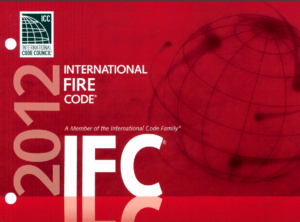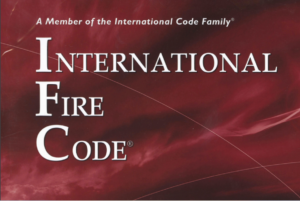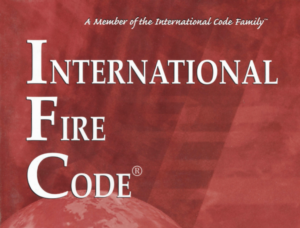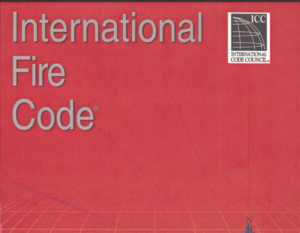The 2004 edition of NFPA 12A outlines the standards for Halon 1301 fire extinguishing systems, designed primarily for use in environments where electronic and electrical hazards pose a risk of fire. This standard includes guidelines for the installation, maintenance, and certification of these systems, ensuring they function effectively throughout their lifecycle.
Halon 1301, known chemically as bromotrifluoromethane, is a fire suppression agent that is colorless, odorless, and electrically nonconductive, making it suitable for protecting high-value assets and environments where electrical non-conductivity is crucial. The use of Halon 1301 is regulated under the Montreal Protocol due to its ozone-depleting properties, with further restrictions from local and national regulations, such as those enforced by the EPA in the U.S., which limit its production and usage.
This edition of the standard addresses the comprehensive management of Halon 1301 systems including their design, operational testing, and the necessary precautions for decommissioning. Specific provisions are detailed for the types of environments suitable for Halon 1301 systems, emphasizing the need for these systems to be installed and handled by professionals skilled in this field.
Furthermore, NFPA 12A discusses the safety protocols necessary to minimize exposure to Halon 1301 and its decomposition products, highlighting the importance of proper system design to prevent accidental releases and ensure the agent’s containment within designated areas. The standard also covers the technical specifications for storage containers, ensuring they are capable of safely maintaining the Halon 1301 under varying temperatures and conditions.
Overall, NFPA 12A provides a structured approach to managing Halon 1301 systems, ensuring they are used safely and effectively, while also considering environmental impacts and regulatory compliance.






